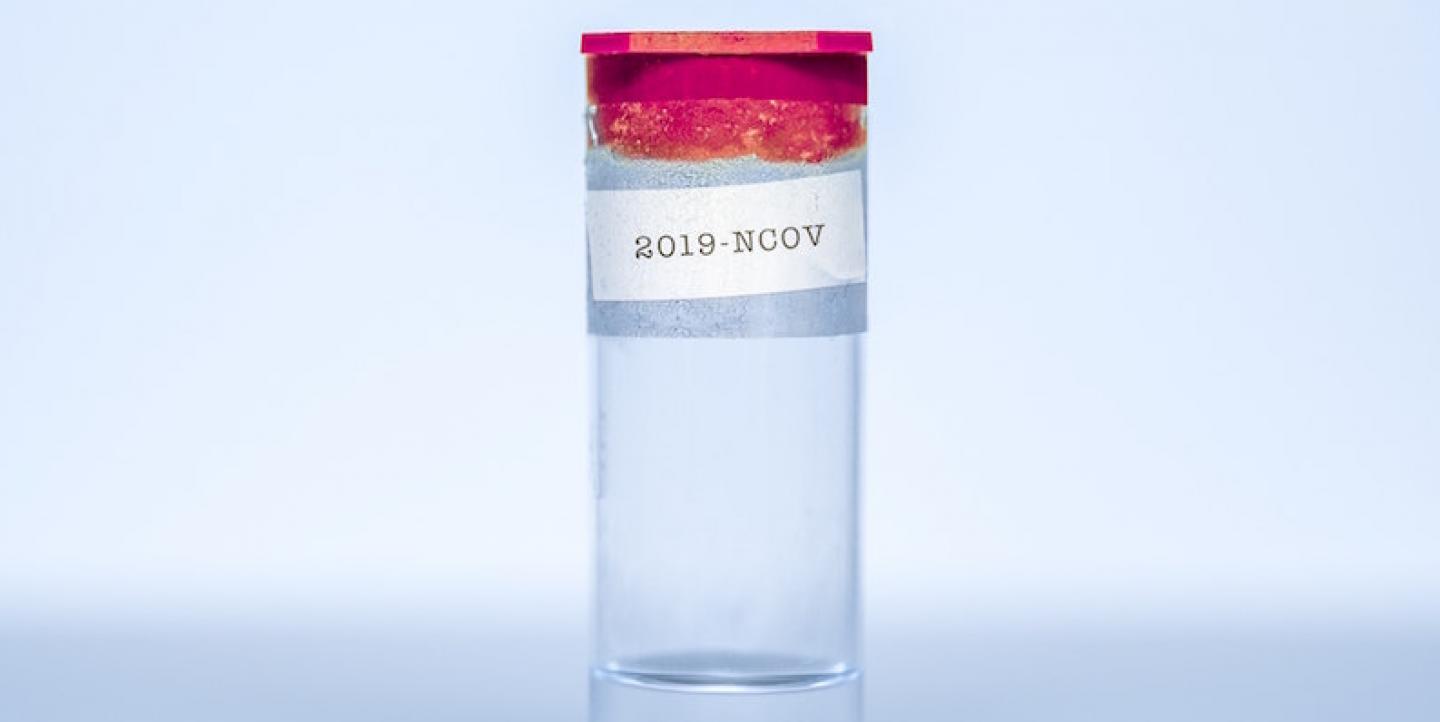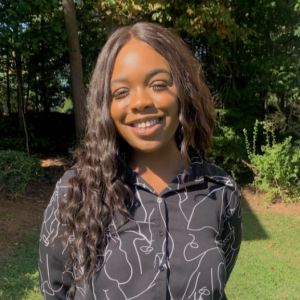Seven months into the COVID-19 pandemic, it is still unclear when life might return to some semblance of normal.
Professor Gabriel Leung, an infectious disease epidemiologist and dean of medicine at the University of Hong Kong, believes we may only be “at the halfway mark of this very, very long marathon.”
In our latest webinar, ICFJ Director of Community Engagement Stella Roque discussed with Leung what we can expect in the coming months, including the effects of cold weather on the virus, possible upcoming vaccines and government efforts to reopen economies.
His topline advice for journalists? “Report good science. Let science lead the way. The only exit from COVID is science and I think that we all have our parts to play,” said Leung. “[Scientists] go and seek truth through what we know best, and that is different scientific methods. [Journalists] go and seek the truth — or reveal the truth — through covering good science.”
Below are more key quotes from Leung:
On winter weather and COVID-19
- I think what we're seeing in Europe and in North America is that as these Northern Hemisphere countries are going into the winter months, you are seeing what we call “seasonal forcing.” That is, the seasonal factors of temperature and humidity giving viruses generally, but including SARS-CoV-2 — the virus that causes COVID-19 — a little bit more activity, either by being more viable for a slightly longer period of time on surfaces or making it easier to spread.
- You see [seasonal forcing] with a lot of respiratory viruses and that's why we see quite a bit of activity, usually for influenza, but also for example, with RSV (respiratory syncytial virus) and indeed the four seasonal human coronaviruses.
[Read more: How has the pandemic affected journalism? New report offers a sobering snapshot.]
On the differences between COVID-19 and SARS
- I think that we need to stop comparing different epidemics or different outbreaks because they are very unique and other than the name and the species itself — that both are coronaviruses — they have very little resemblance to one another. I think that it probably misleads more than it actually adds value.
- SARS had recorded a global case count in total of just under 9,000. In the U.S. alone, in a day, you probably get four times that number [with COVID-19].
- You start spreading [COVID-19] probably a day or two before you have any symptoms. Maybe 30-40% of secondary infections happen before you even experience symptoms yourselves, and you probably are most infectious at the time that you first notice and show symptoms.
- I don't think that we can drive this back into the wild… A lot of [scientists] — or most of us — think that we are going to have to live with this particular bug source, SARS-CoV-2, for a very long time to come. It might well become the fifth seasonal human coronavirus. But this is not SARS, which could be driven back into the wild.
On vaccines
- The first generation vaccines, with the possible exception of one that I'm aware of — none of them actually provide sterilizing immunity. That is, they probably would not stop transmission. They probably won't prevent you from getting infected to begin with. But what they would do is they would probably protect you from dying of COVID-19 or being hospitalized for serious complications arising from your infection.
- It is probably not going to be the silver bullet that many are hoping for. But, I think that it is so necessary to have it to protect especially those who are first and foremost at very high risk of falling ill and possibly dying from it.
[Read more: Combating COVID-19 in Italy: Key takeaways]
On reopening communities and economies
- I don't think that we should be sort of doing trade-offs between lives and livelihoods. I think that's a false dichotomy. What I do think is that the perennial three-way tug of war that is between health protection, economic preservation and the implied social consent — or the emotional well-being and the [public’s] willingness to comply — that three-way tug of war is going to be with us for a very, very long time.
- We need to, number one: use science to explicate the tradeoffs, and then come to some consensus as a society. Of course, that consensus needs to be forged and facilitated by government. But ultimately, it is a societal decision as to, at that particular point in time, what would be the tradeoffs that we'll be making quite explicitly going in? Then we'll have to try that out, and then we would have to be ready to switch our positions when the situation changes.
- To be in perennial lockdown for the next nine, 12, 15, 18 months — that's not reasonable, nor should it become even conceivable. What we need to do is to find a way that we can maintain some degree — probably not 100% compared to pre-COVID levels — but let's find some degree of normality in societal functioning, and then try to be innovative and try to do things that we haven't been doing before.
On government public health responses
- I don't think there should be a false dichotomy between public health control measures, which some may label as draconian, and liberal democracy… It's not just you who is sick and therefore suffer all the consequences. It's you in relation to people around you, people you come in contact with and people who may then catch the disease from you.
- It is because of [possible spread of disease] that we have public health regulations, whether you're talking about totalitarian systems or the freest economies in the world. All of the statutes in public health control of infectious diseases have some degree of putting the public's health over individual will, under the appropriate circumstances.
Chanté Russell is a recent graduate of Howard University and a programs intern at the International Center for Journalists.
Main image CC-licensed by Unsplash via Vincent Ghilione.


